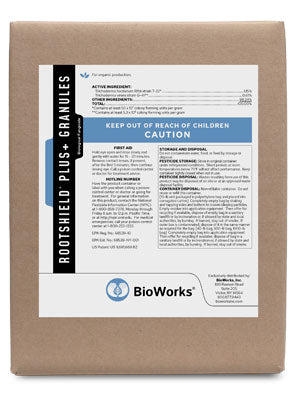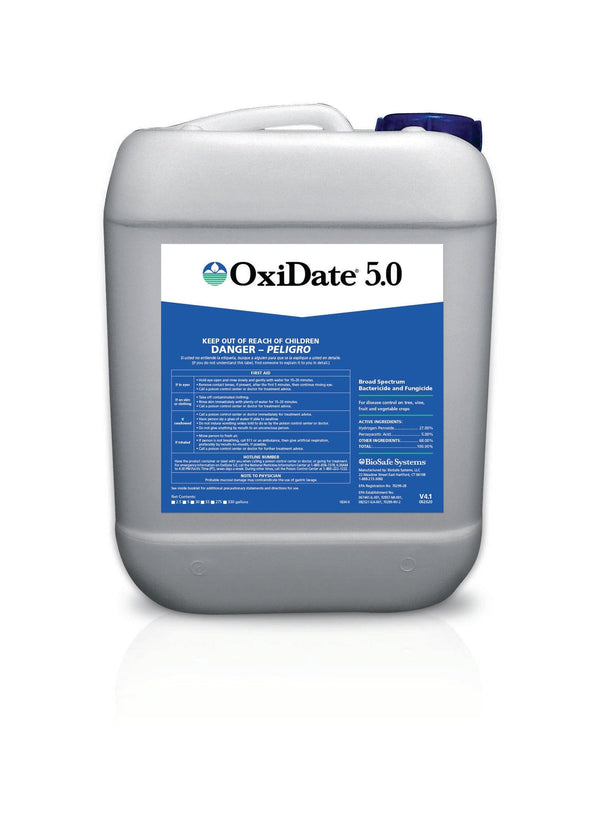Leaf Spot Control
Shop Leaf Spot Control Below
Common Fungal Leaf Spot Pathogens
Alternaria alternata has a wide host range including geranium, Dahlia, Gerbera, Begonia, Gardenia, Cineraria, Verbena, African violet, Hibiscus, Vinca and many cut flowers. Small water-soaked spots first appear on lower, older leaves. With time these spots become sunken and turn brown with a yellow halo. Conditions that favor this pathogen are high or low temperatures or closed boxes during shipping. This fungus can be transmitted through infected seeds, attacking seedlings causing damping off, stem lesions or collar rot. More often the fungus grows and sporulates on moist plant surfaces, traveling on splashing water from crop to crop.
Management includes using Regalia, Cease, Guarda, Double Nickel, Stargus and Mycostop. All are products carried by Sound Horticulture that include Alternaria control on their labels.
Visit Greenhouse Product News article on Advanced Treatment of Alternaria for further information.
Black Spot on Roses is caused by the fungal pathogen Diplocarpon rosae. Black spot is prevalent during cool and moist weather. Visit the Missouri Botanical Garden page for more information.

Cercospora leaf spots can occur on Dahlia, Poinsettia, Lisianthus, Gardenia, Gerbera, Hibiscus, pansy, Kalanchoe, Verbena and geranium. It can wreak havoc in beet production, causing huge losses in this crop. Spots first appear as light green sunken areas which turn gray and darken with the production of spores. They may have a purple border and appear to be raised in the center. Lesions may coalesce into V-shaped necrotic areas which can be confused with bacterial blight.

Biological treatments include Trichoderma ssp, Cease, Serenade, Double Nickel and Actinovate. An inoculum blend called Armory is worth researching as well.
Visit the USDA publication Friendly Fungi Help in War Against Cercospora for further information.
Myrothecium roridum is a common, soil borne pathogen. It is seen in Gardenia, New Guinea Impatiens, Begonia,Gloxinia, and especially on pansy. Symptoms on pansy include chlorosis, stunting, poor plant vigor, wilting, and plant collapse. Spots have target-like, brown centers and dark margins. Distinctive dark green to black structures edged by white hyphae form in the lesions. The disease proliferates between 65-68ºF, with high humidity, plant injury, and excessive fertilization. Visit the MSU site for more information.


